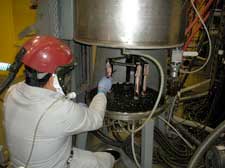
Monday, March 12, 2018
New nanotechnology workplace design recommendations
The National Institute for Occupational Safety and Health (NIOSH) launched four new products this week intended to provide options to companies for controlling possible exposure of their workers to nanomaterials on the job.
How to build a better railway - in (almost) every cell in your body
New work shows how a microscopic 'railway' system in our cells can optimise its structure to better suit bodies' needs.
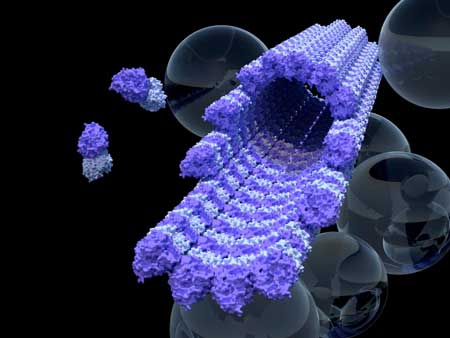
Extracellular vesicles could be personalized drug delivery vehicles
Creating enough nanovesicles to inexpensively serve as a drug delivery system may be as simple as putting the cells through a sieve, according to an international team of researchers who used mouse autologous immune cells to create large amounts of fillable nanovesicles to deliver drugs to tumors in mice.
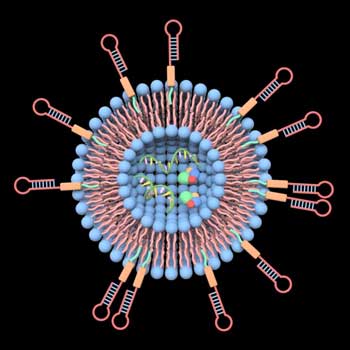
Glass matters
Researchers find that the chemical topology of silica can influence the effectiveness of many chemical processes that use it.
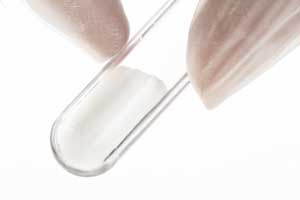
A milestone in petahertz electronics
Observation of attosecond optical-field-enhanced carrier injection into the GaAs conduction band.
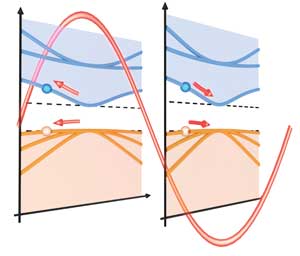
Study IDs 'white graphene' architecture with unprecedented hydrogen storage capacity
Engineers have zeroed in on the optimal architecture for storing hydrogen in 'white graphene' nanomaterials - a design like a Lilliputian skyscraper with 'floors' of boron nitride sitting one atop another and held precisely 5.2 angstroms apart by boron nitride pillars.
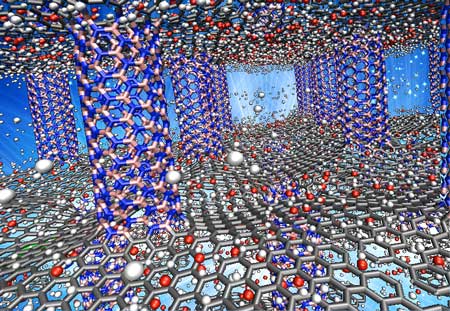
Polymer nanoparticle shows ability to locate and treat breast tumors
Researchers have developed a fluorescing nanoparticle capable of finding tumors, lighting up upon arrival and being activated with light to generate heat to destroy the cancer cells.
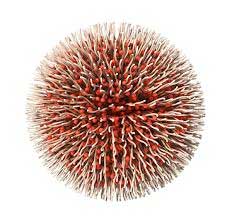
Method to grow large single-crystal graphene could advance scalable 2D materials
A new method to produce large, monolayer single-crystal-like graphene films more than a foot long relies on harnessing a 'survival of the fittest' competition among crystals.
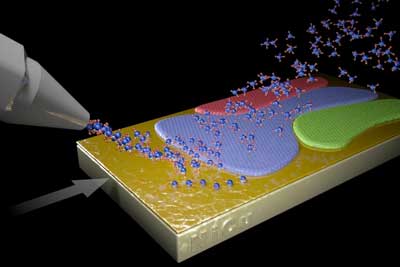
Insight into doping efficiency of organic semiconductors
A group of physicists was able to demonstrate in a study how the doping of organic semiconductors can be simulated and experimentally verified.
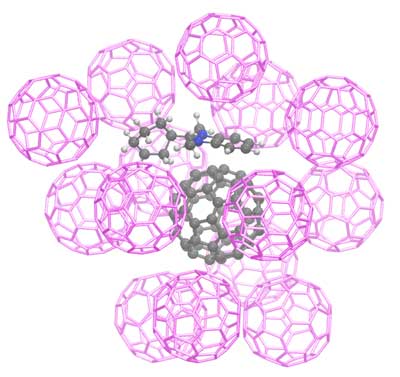
Nanometer-thin layer improves efficiency of OLEDs
Scientists have discovered a new method to improve contacts in OLEDs. This new approach leads to a higher energy efficiency and can be used in almost any organic semiconductor element.
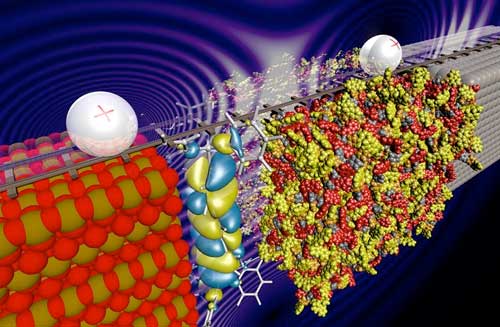
3D-printing ink highly loaded with iron oxide nanoparticles
Researchers report the preparation and 3D printing of highly loaded iron oxide inks through the minimum use of a single additive that is specifically designed for iron oxide.

Scientists use nanotechnology to detect molecular biomarker for osteoarthritis
For the first time, scientists have been able to measure a specific molecule indicative of osteoarthritis and a number of other inflammatory diseases using a newly developed technology.
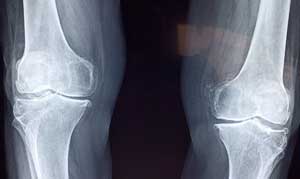
Subscribe to:
Comments (Atom)
